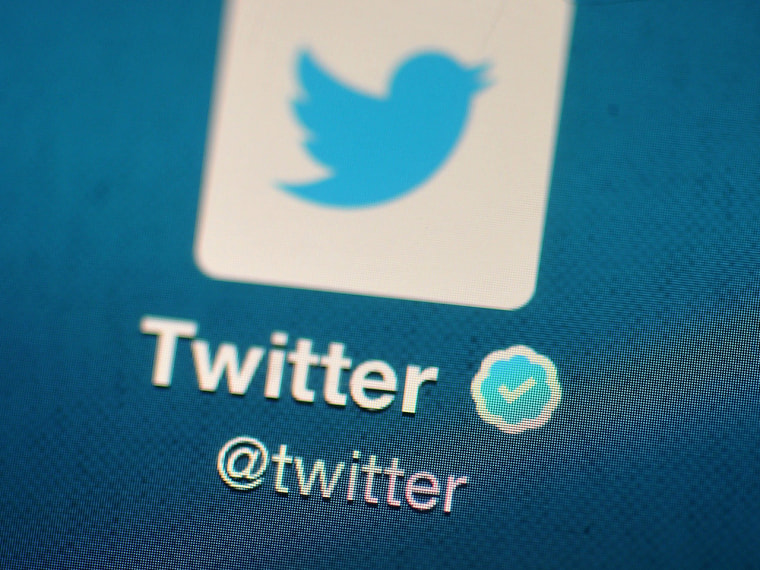Chris Lazarski watched his students interact with Twitter and other social media sites in class, and didn't order them to close their laptops or put away their cellphones. Instead, he encouraged them to keep going.
"Keep tweeting — it's free," he said. "Keep those comments going."
Many school officials frown upon students tweeting in class, but others have embraced social media as a learning tool. They say sites like Twitter can enhance learning by expanding classroom discussions to include input from thousands of other students across the nation.
Lazarski, who teaches public policy at Wauwatosa West High School in suburban Milwaukee, is using Twitter in classroom conversations about current events. During a recent class, he spent about 20 minutes discussing zero-tolerance policies in high school and then invited students to log on to continue the conversation through classroom Twitter accounts.
"Let's get our tweet on," said Lazarski, 41, and the room fell silent except for the sound of clacking keyboards. The 29 students tweeted their thoughts — in a short sentence or two. Some targeted industry experts while others retweeted articles that elaborated on their own viewpoints.
Lazarski's classroom exercise is part of a larger program organized by KQED, a public television station in San Francisco, and used by more than 120 teachers in California, Oregon, Kentucky, Texas, Illinois, Wisconsin, Michigan, West Virginia and New York. The KQED "Do Now" program posts weekly topics, videos and articles designed to stimulate Twitter conversations.
Tim Olson, the vice president of digital media and education at KQED, said Twitter enhances discussions involving elections, politics and international events because students across multiple geographic regions can raise thoughtful arguments that may be absent from more homogenous classrooms.
Lazarski said he avoids relying too much on Twitter, which is why he starts the lessons with an oral discussion.
While students seemed to enjoy the exercise, some parents weren't crazy about the idea. Katie Bradley, whose daughter is in Lazarski's class, said she won't let her 16-year-old have a personal Twitter account and she has concerns about classroom tweeting because posts are permanent.
"I don't want her to burn any bridges for her future ... " said Bradley, 42. "I would hate, hate for a terrible decision that she made as a teenager to affect her future."
The Do Now program is geared toward high school students, but even elementary school teachers have been experimenting with blogs and Twitter.
Kathy Cassidy teaches first grade at Westmount Elementary School in Moose Jaw, Saskatchewan, Canada. Her 20 students use a classroom Twitter account to communicate with a first-grade class in Milan, Italy, and also to post photos of class artwork and other activities.
"Nothing gets tweeted unless I see it first, and we don't put up pictures where someone might be able to identify a child," Cassidy said. "We've had a couple of parents who questioned the safety of what we were doing, but once they realized all the safety things we have in place they're fine with it."
Dinesh Ramde can be reached at dramde@ap.org.
